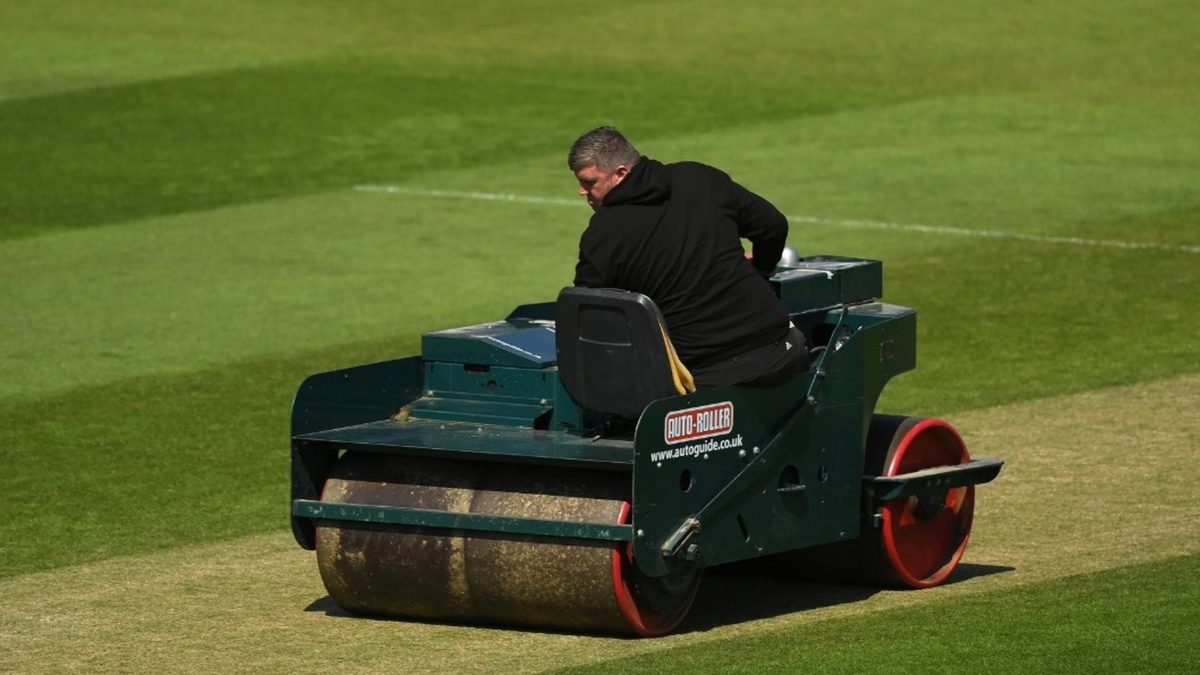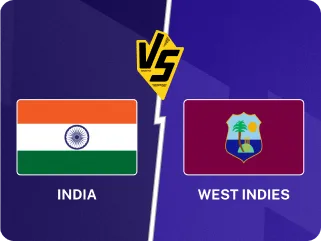
England need 35 runs to claim the Anderson-Tendulkar Trophy 3-1, while India need another four wickets. Ahead of the last day, there’s been talk about the batting team likely opting for a heavy roller ahead of the day’s play, but what exactly does it do?
The final day of the Oval Test promises a thrilling finish to what has been a high-intensity five-match series. Heading into day five, England need a further 35 runs, while the visiting team need to claim four wickets, after it was confirmed that an injured Chris Woakes would be available to bat. On Sunday, most expected a result, with India requiring nine wickets and England needing 324 runs when play resumed on 50-1.
India began strongly, removing Ben Duckett soon after he reached his half-century, followed by Mohammed Siraj trapping Ollie Pope lbw. A turning point appeared to arrive when Siraj seemed to have dismissed Harry Brook near the boundary, only for replays to reveal he had stepped on the rope. Brook capitalised on the reprieve, going on to score a crucial 111, while Joe Root added to the pressure with his 39th Test century.
With England in the driver’s seat, India clawed back as Prasidh Krishna dismissed both Jacob Bethell and Root, injecting life back into the contest. However, just as the Indian bowlers started finding rhythm, rain interrupted play, forcing the players off the field and setting the stage for a grand finale on Monday.
A crucial factor going into the last day is the use of the heavy roller, which could alter pitch behaviour. Commentator Harsha Bhogle highlighted this: “Now we come back tomorrow but the heavy roller can be used and that can be a game-changer.”
The ICC Playing Conditionsgrants the choice of roller to the batting side before a day’s play for a maximum of seven minutes. On a game day, rolling “shall be started not more than 30 minutes before the time scheduled or rescheduled for play to begin. The captain of the batting side may, however, delay the start of such rolling until not less than 10 minutes before the time scheduled or rescheduled for play to begin.”
What are the heavy and the light rollers?
Of the two rollers, one is typically significantly heavier than the other.
The light roller, typically weighing between 500 and 1000 kilograms, is used to make minor adjustments to the surface of the pitch. It flattens slight cracks on the pitch and removes slight unevenness, without impacting the soil underneath. In short, it smoothens the surface of the wicket without making major changes to its overall character.
From a batting perspective, the light roller offers a marginal advantage by making the bounce more predictable. However, it doesn’t drastically affect the pace or bounce of the pitch, and bowlers are unlikely to see much change in the conditions after a light roller has been used. Teams often opt for the light roller when they want to avoid interfering too much with the natural wear and tear of the pitch. Sides might prefer this type of roller if the other team is yet to bat on a track that has started breaking down.
The heavy roller, usually weighing between 1500 to 2500 kilograms, has much more pressure and compresses the wicket more deeply. It is often chosen when the batting side wants to temporarily flatten the surface, particularly to reduce variable bounce or to negate seam movement. It gets rid of loose particles and cracks back into the surface, and momentarily reduces the threat posed by deteriorating conditions.
This can make batting easier for a short period, as the ball may behave more consistently and unpredictability is reduced. While the effect of the heavy roller wears off over time, with England needing just 35 runs for a win, it is unlikely that the surface will deteriorate quickly enough to significantly aid India’s bowlers.
Which roller will England opt for?
“In terms of the roller, we’ll see,” commented Root after the fourth day’s play. “I haven’t got a crystal ball unfortunately, but it has made an impact so far throughout this game. Whether that changes on day five, we’ll see, but hopefully it works well in our favour in flattening things out.”
Follow Wisden for all England vs India updates, including live scores, latest news, team lineups, schedule and more. The live streaming details for the ENG vs IND series in India, UK, USA and rest of the world can be found here. For Wisden quizzes, head here.








